In March 2025, the National Electrical Manufacturers Association (NEMA) published the ANSI/NEMA C137.9-2025 standard, titled “Networked Lighting Control Systems Configuration Report.” This new standard was developed through the efforts of industry leaders, including the DesignLights Consortium’s (DLC) Levin Nock and working group co-chair Jason Jeunnette, with the goal of streamlining the configuration and verification process for networked lighting control (NLC) systems.
The C137.9 standard establishes a consistent format for configuration reports generated by NLC systems, focusing specifically on interior lighting systems where wattage data is available at the luminaire or zone level. It is designed to help stakeholders—including building owners, energy efficiency program administrators, and system integrators—quickly understand how an NLC system is set up at the time the report is generated. This enables easier verification of system programming, which is especially important for utility incentive programs and compliance with energy codes.
The standard applies to interior NLC systems, excluding standalone room-based systems that only control lighting in a single space. However, if such systems are integrated into larger building-wide systems and meet the reporting requirements, they may optionally be declared compliant with the standard. The standard does not cover demand response settings or energy monitoring data, focusing solely on configuration and control strategies.
Key Features and Benefits
Standardized Reporting: The configuration report must be exportable in a common data format, ensuring that all necessary information is included for stakeholders to confirm control strategies, key system details, and to estimate energy savings.
Verification and Compliance: By providing a clear, standardized snapshot of how an NLC system is configured, the report simplifies verification for energy efficiency programs, making it easier to confirm that systems are programmed to deliver expected energy savings.
Facilitating Incentives: Consistent configuration reporting supports utility and energy program administrators in offering incentives for NLC systems, as it provides a reliable means of confirming system capabilities and programming.
Support for Advanced Controls: The standard aligns with broader industry requirements for NLC systems, which typically include capabilities such as networking of luminaires, occupancy sensing, daylight harvesting, high-end trim, zoning, individual addressability, continuous dimming, scheduling, and device monitoring. These features are critical for achieving advanced energy savings and operational flexibility in commercial and industrial buildings.
The development of C137.9 is part of a broader movement to standardize and improve the performance of networked lighting controls within the commercial and industrial sectors. The NEMA C137 Lighting Systems Committee, which oversees this and related standards, focuses on ensuring that lighting systems are energy efficient, interoperable, and secure, with consideration for human comfort and building integration. The inclusion of the C137.9 standard in the DLC’s NLC Technical Requirements further reinforces its importance for market adoption and utility program compliance.
By creating a common language and format for reporting NLC system configurations, ANSI/NEMA C137.9-2025 is expected to accelerate the adoption of advanced lighting controls, improve energy savings verification, and facilitate greater participation in utility incentive programs. This ultimately supports the broader goals of energy efficiency, sustainability, and smarter building management.
The NEMA C137.9-2025 standard can be purchased here.
Image: NEMA.org






You must be logged in to post a comment.